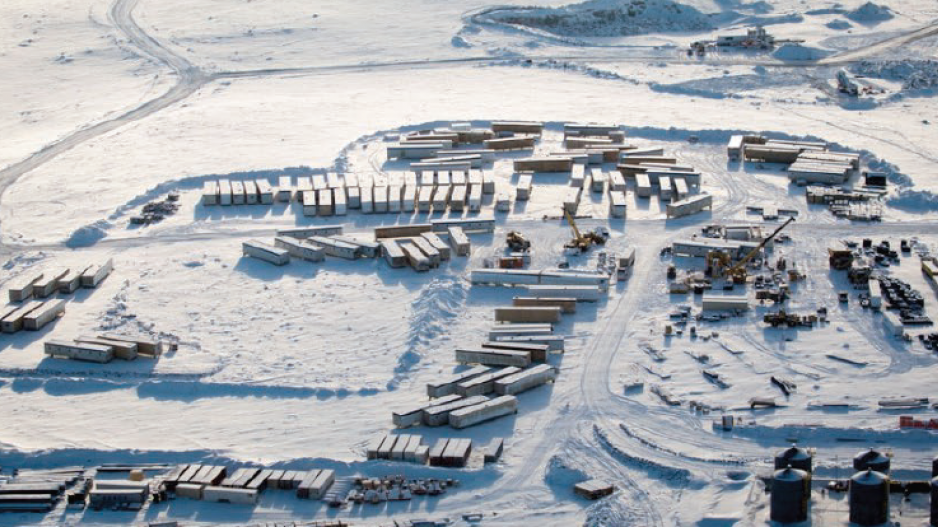Canada is now home to the largest diamond mine under construction in the world. Located in Gahcho Kué, Northwest Territories, the mine is expected to add $6.7 billion to the Canadian economy. It’s a joint venture between De Beers Canada (51%) and Mountain Province Diamonds (TSX:MPV) (49%).
While the project might be considered a sign of a resurgent mining sector, the industry is not completely out of the woods. Exploration companies are concerned about finding future diamond deposits. It can take up to 20 years for diamonds to move from the mine to market, and some firms are worried they might not be able to consistently find new reserves over the next two decades.
“Despite … these couple of mines opening in Canada, on a global basis there have not been many diamond discoveries,” said Ken Armstrong, president and CEO of North Arrow Mining Inc., a B.C.-based mineral exploration company. “There could be a real lack of new supply coming on [over the next 20 years] because deposits simply aren’t being found.”
Canada is the world’s third-largest producer of diamonds based on value, and the fifth-largest based on volume.
Once complete, the Gahcho Kué mine will be among the largest diamond mines globally and the third-largest in North America.
Tom Ormsby, head of external and corporate affairs for De Beers Canada, said his company has been building a relationship and working with the Gahcho Kué community since the late 1990s, offering preferential hiring and procurement.
According to an Ernst & Young report on the Gahcho Kué, the mine’s construction supported more than 2,700 downstream supply chain businesses in 2015. Jobs at the site represented more than 10% of employment in the territory’s extractive industries. Most of the mine’s economic impact will be felt once it is fully operational. According to Armstrong, there is a job spillover effect from the new mine, particularly in the financial sector, including brokers, investment bankers, auditors and securities lawyers. There are a number of B.C. companies that have already acquired mineral claims and land positions around the same deposit as the De Beers mine.
Canada’s geology and geography present advantages and disadvantages for the mining industry. While the expansive landscape provides many opportunities to find mineral deposits, they are spread over a huge area.
Botswana is the world’s largest producer of diamonds by value. While its land mass is 6% the size of Canada’s, Botswana produces greater diamond value because it’s easier to find kimberlite, the rock best known for containing diamonds, in its smaller land mass.
“Canada’s got the attractive geology that lends itself to the potential to find kimberlites, but it’s over a gigantic, vast area,” Ormsby said. “The knowledge we have of the geology and the kimberlite potential in the southern Africa region is very high compared to the knowledge that we are trying to compile here in Canada over a gigantic area. It’s a blessing and a curse.”
While De Beers and other companies have the knowledge and experience to mine in remote areas, paying to house labourers and fly supplies into these locations makes it extremely expensive for a mine to operate.
According to a report done in conjunction with the Mining Association of Canada, capital costs increase by 15% to 20% for diamond mines located in remote areas. Operating costs can also increase anywhere from 30% to 60%.
De Beers’ Victor mine in Ontario is the only diamond mine below the 60th parallel in Canada, and while exploration and mining companies are still searching for potential sites in southern Canada, Ormsby said the diamond mining industry will continue to push north in hopes of finding more commercially viable diamond deposits. •




